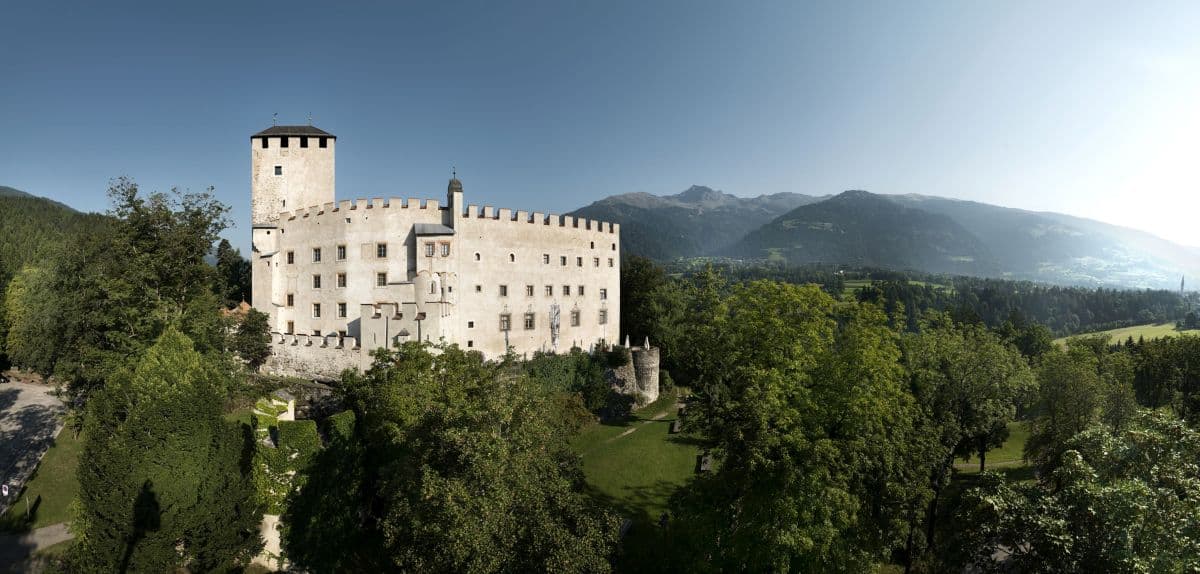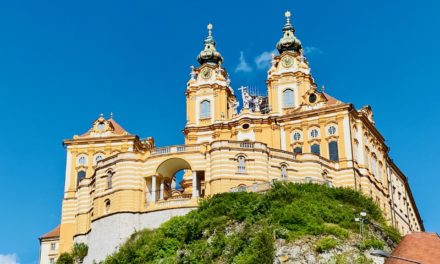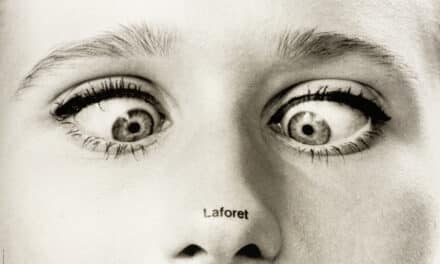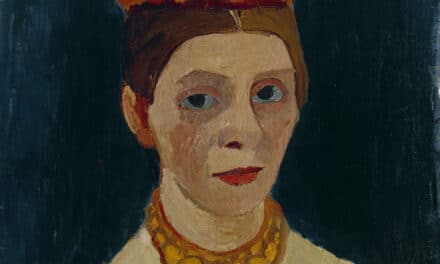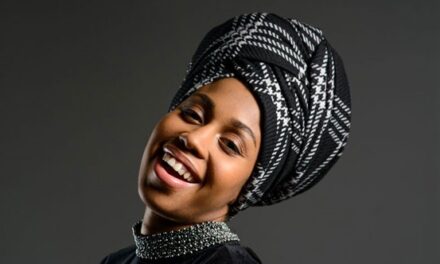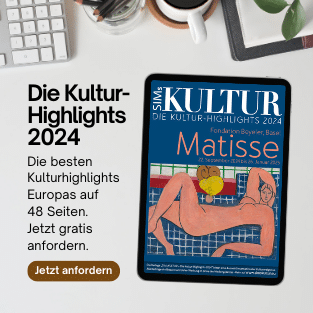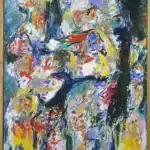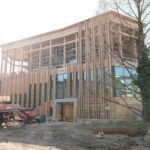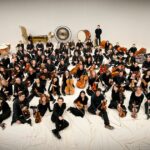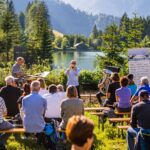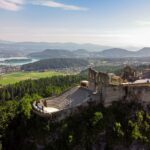"... worthy of a prince" - this is how the Tyrolean topographer Beda Weber characterized Bruck Castle, the former residence of the Counts of Görz, in his work "Das Land Tirol. A handbook for travelers" (1838). The monumental castle, owned by the town of Lienz since 1942, is one of the main sights in East Tyrol and today houses the museum of the town of Lienz with the most extensive collection of works by the East Tyrolean painter Albin Egger-Lienz.
Albin Egger-Lienz, the most important Tyrolean painter of the 20th century and one of the greats of modernism in Austria, laid the foundation stone for the extensive collection at Bruck Castle himself with a donation in 1913. Here he found a congenial place to work, embedded in the history of his homeland, whose name "Lienz" he added to his own in 1891. The exhibition not only offers a cross-section of his artistic development...
With excerpts from letters to family, friends and artists, the painter himself guides visitors through the rooms, sharing private moments and personal views on his works.
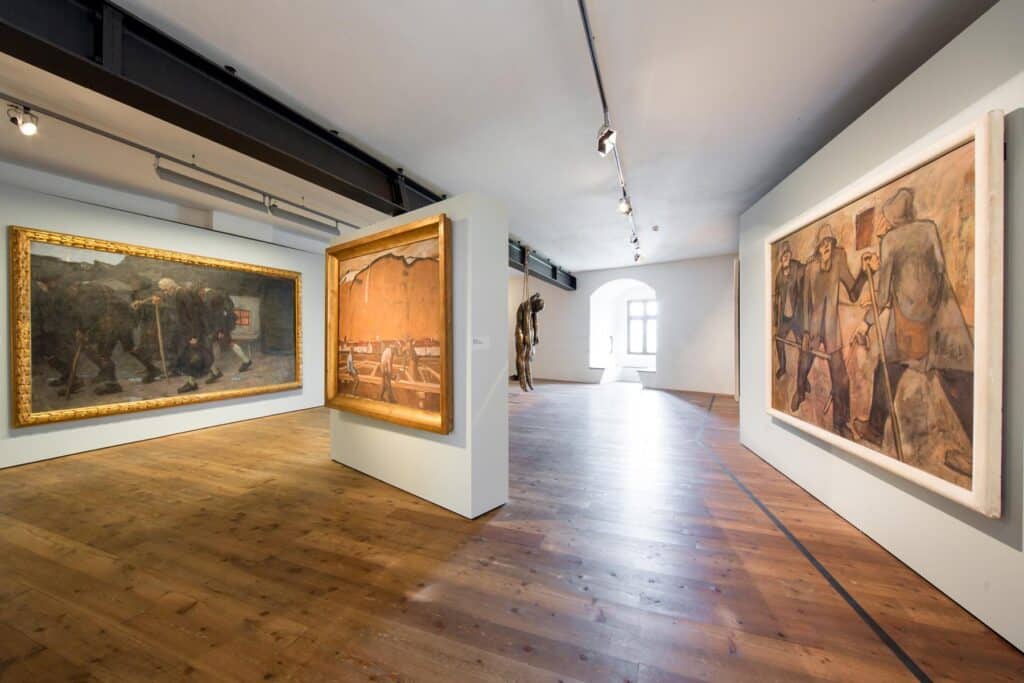
Egger-Lienz Collection, Bruck Castle © Wolfgang Retter
Fascinating masterpieces
However, the 2020 reorganization of the Lienz collection is not a static one - annually changing modules shed light on the life and work of the internationally renowned painter. Supplemented with exciting loans and masterpieces that visitors would not expect to find far away from urban centers, visitors can immerse themselves in classical modernism and the artist's path from historicism to expressionism.
May 30 to October 13, 2024, main wing
Gods Gifts
The Celtic-Roman sanctuary in Lienz
In "Götter Gaben", visitors embark on a journey of discovery through the Celtic-Roman sanctuary, which was only discovered a few years ago with the help of Josef Kalser on the western edge of the Lienz basin and scientifically investigated by the archaeologists Gerald Grabherr and Barbara Kainrath and their team.
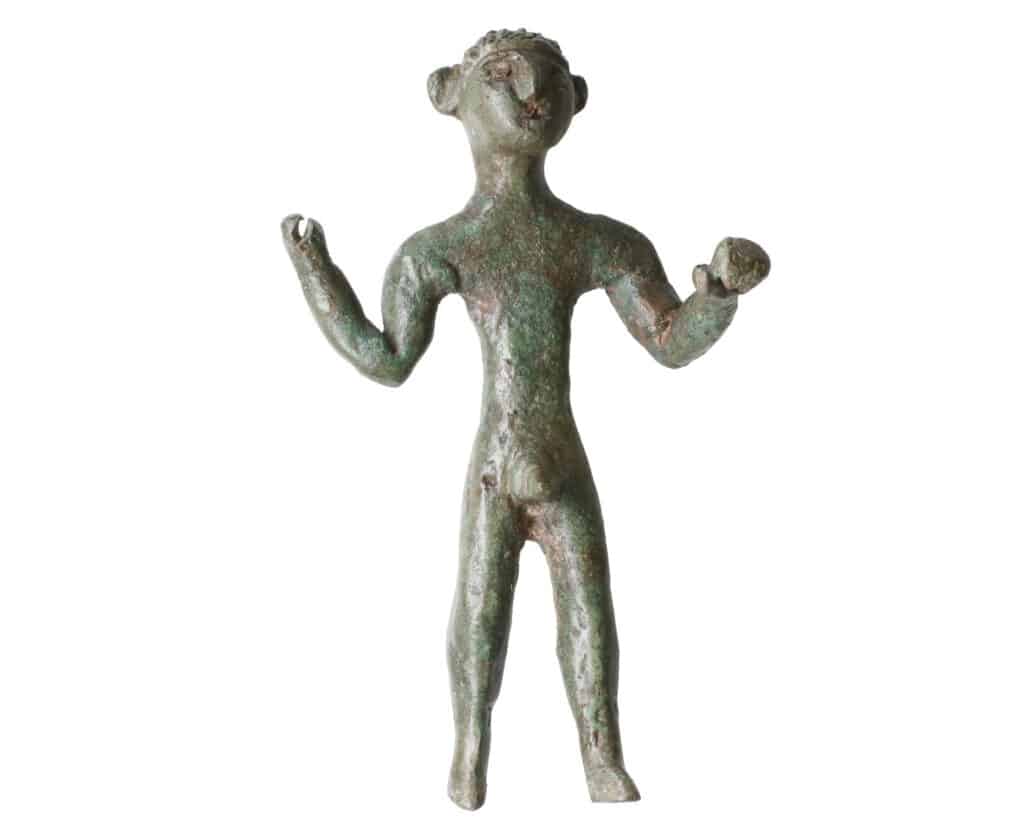
Celtic warrior © University of Innsbruck
This "Fanum" is located on a now wooded hill near the brewery and is a very special place for several reasons: it is the cult site of the Celtic Laianken tribe, which was not destroyed in Roman times, but continued to be used and even elaborately redesigned. Votive offerings from the late Latène period in the 1st century BC to the 4th century AD were found here and are now being presented to the public for the first time. The pewter figurines of Roman gods play a prominent role, as this is the largest complex of such statuettes in the entire Roman Empire. But other finds, such as two fully sculpted bronze statuettes and fragments of a Celtic war trumpet, are also highlights of this exhibition.
May 30 to October 13, 2024, main wing
Josef Dapra. The photographic work
Born in Lienz, Josef Dapra (1921-2018) was an important documentary photographer of Salzburg in the post-war period, publishing numerous illustrated books and thus helping the picturesque views of this city to gain international recognition. In cooperation with Fotohof Salzburg, the Westtrakt is dedicating this year to his photographic life's work, which also identifies him as a prominent modernist.
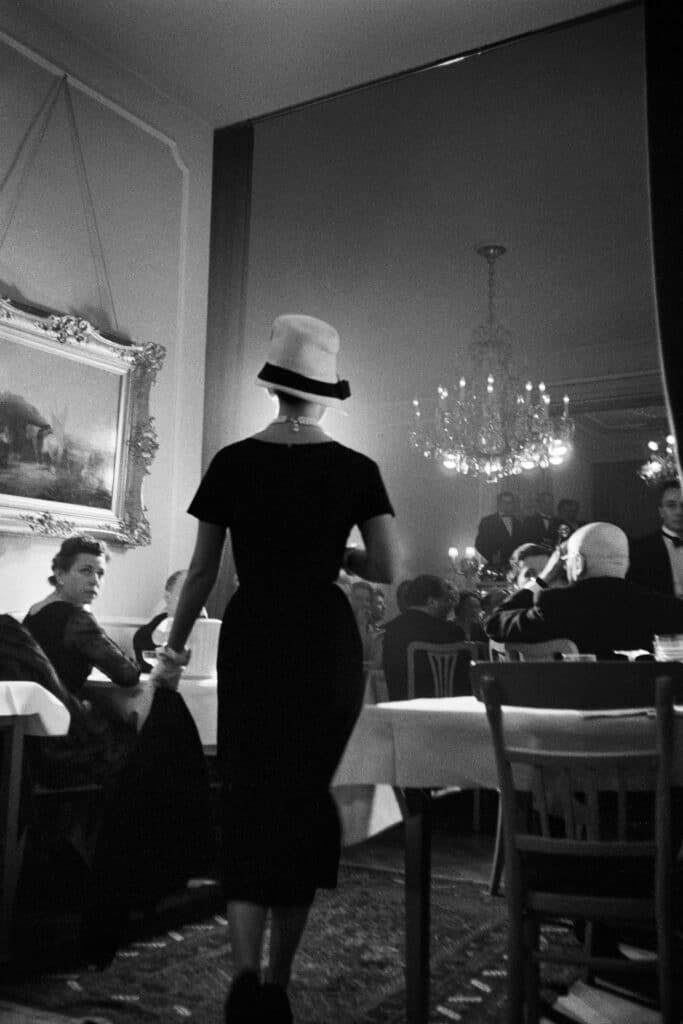
Josef Dapra - Fashion show, Bad Gastein, 1957 © Fotohof Salzburg
Dapra studied history and psychology in Innsbruck and attended the renowned Adolf Lazi Master School of Photography in Stuttgart, which set stylistic and technical quality standards in photography at the time. In Salzburg, he formed a lifelong friendship with the founder of the Residenzverlag publishing house, Wolfgang Schaffler, and worked on numerous illustrated books for the publishing house, including with the writer Karl Heinrich Waggerl and the architect Raimund Abraham. He not only had his house in Salzburg built by him, but also photographed the illustrated book "Elementare Architektur" (1963, new edition 2001) with him, an artistic legacy of the work of Abraham and Dapra. The exhibition focuses on this tension between classical documentation of the city and the modernist aspirations of photography as an after-effect of Bauhaus photography.
Of particular importance for Lienz is not only the collaboration with Raimund Abraham, but also his touching insights into the city for the first city book in 1966, to which Max Dellacher and Pepi Stiegler also contributed pictures.
June 22 to September 15, 2024, West Wing

